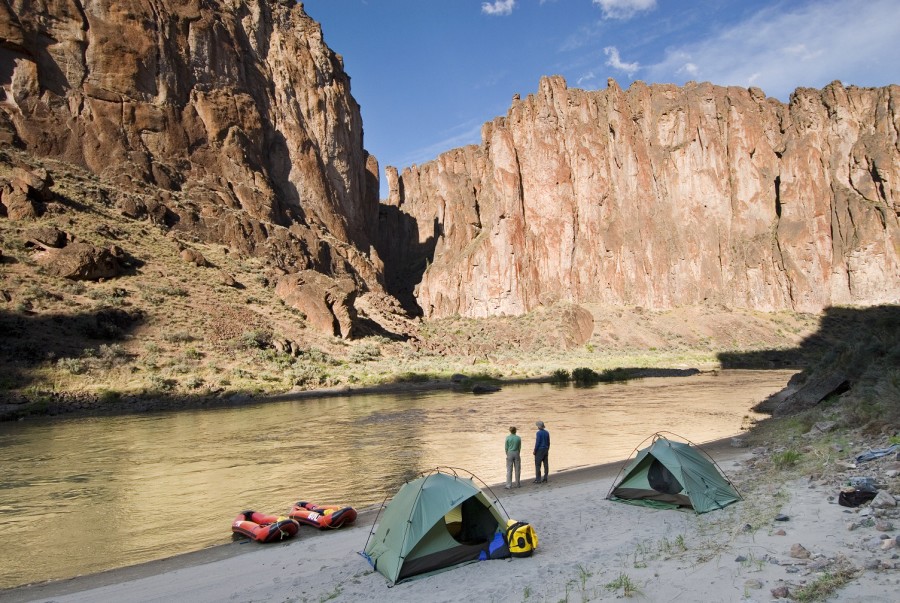
The redrock landscapes of Southern Utah have long been a conservation battleground. If you have hiked the region’s labyrinthine canyons, floated its sublime rivers, climbed its splitter cracks, or explored its remarkable archaeological sites, you know that millions of acres of federal land in Southern Utah should be protected. Though famous for its “Mighty Five” national parks, Utah has fewer acres of designated Wilderness than any other state in the Western US. And those “mighty” national parks add up to a mere 835,000 acres combined.
So, when Utah Congressman Rob Bishop proposed several years ago to develop a massive public lands bill that would protect Wilderness, but also provide assurances to energy developers and other stakeholders who traditionally oppose conservation, people from every ideological corner came to the negotiating table. Bishop’s proposal became known as the Public Lands Initiative, or PLI for short. For years, the PLI seemed like an elusive Holy Grail for Utah conservation.
Rep. Bishop released a long-awaited draft in January, and the proposal was roundly panned by the conservation community for including too many unacceptable giveaways to energy, mining, and motorized recreation interests. The proposal did include 2.2 million acres of new Wilderness and 300 miles of Wild and Scenic River protections. But along with the protections come 2.6 million acres of energy development zones, the transfer of more than 55,000 acres of BLM land to the state and local municipalities, and granting Utah authority over thousands of miles of roads – many through national parks and Wilderness Study Areas – that would lead to the proliferation of unregulated motorized recreation in these special places. Scott Groene, Executive Director of Southern Utah Wilderness Alliance called the draft an “un-Wilderness bill.” Most in the conservation community pronounced the January draft of the PLI DOA.
Throughout the evolution of the PLI, another conservation measure was coming together that did not require an act of Congress. Five Native American tribes in Utah united to develop a proposal for a Bears Ears National Monument, named for a prominent geologic feature on the landscape. The proposal asks President Obama to use his authority under the Antiquities Act to protect the 1.9-million-acre area primarily to preserve its significant cultural resources. The proposal area holds more than 100,000 archaeological sites and 18 Wilderness Study Areas and Inventoried Roadless Areas. The designation would protect important outdoor recreation opportunities like climbing in Indian Creek, paddling the San Juan River, and backpacking in Grand Gulch.
While conservationists were cautiously optimistic about the PLI, the Bears Ears proposal became a solid “Plan B” for securing significant protection in the region. Many preferred the legislative path because of the controversial nature of national monument proclamations in Utah. But, when Rep. Bishop released his draft PLI, most in the conservation community shifted their efforts to asking that President Obama designate Bears Ears as a monument.
Rep. Bishop has heard the criticism of his draft PLI, and has promised to release a revised draft that addresses some of the conservation concerns. Like the original draft, the re-write is much anticipated, but slow to arrive. Meanwhile, the clock is ticking on the Obama presidency. If he is to designate Bears Ears, he will need to act soon. Interior Secretary Sally Jewell has said she will visit Utah this Summer, presumably with the Bears Ears on her mind and agenda. It will be interesting to see which of these two roads leads to permanent protection for special lands in Southern Utah.
For our part, The Conservation Alliance has made several grants to organizations working on the PLI. More recently, we have funded the lead organizations behind the Bears Ears campaign. Our perspective has always been that we need to see more protected lands in Southern Utah. It now appears inevitable that one way or another – either through the PLI or the Bears Ears National Monument – Utah will soon have another spectacular protected landscape.


